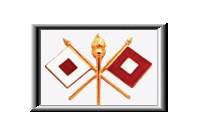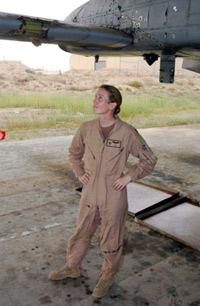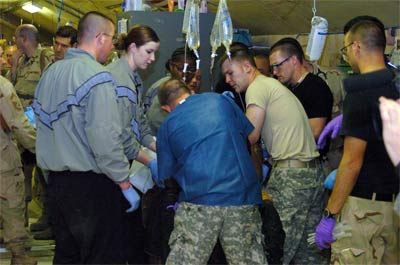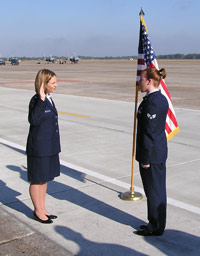 |
| The U.S. Air Force is the youngest in the American military branch. See more military jets pictures. |
The U.S. Air Force is the youngest American military branch, forming in the 20th century after the invention of the airplane. Tasked with protecting the nation’s skies and supporting ground troops, the Air Force relies on the most technologically advanced military aircraft in the world. Operating those planes are highly trained pilots backed by technically skilled support crews.
The U.S. Air Force is the air combat branch of the U.S. military. In general terms, the Air Force's job is to prepare and train, and when needed, fight the aerial aspects of any military conflict the U.S. becomes involved in. The Air Force vision statement is: "Global Vigilance, Reach, and Power." Their mission statement, updated in 2005, is to "deliver sovereign options for the defense of the United States of America and its global interests -- to fly and fight in Air, Space, and Cyberspace."
The Thunderbirds The
Thunderbirds are the Air Force's 3600th Air Demonstration Unit, a
special unit that does aerobatic displays at air shows and special
events to promote the U.S. Air Force, aid enlistment, and create a
positive public image of the military. Descended from the Sabre Dancers
demonstration team, the Thunderbirds were formed in 1953 at Luke Air
Force Base, in Litchfield Park, Ariz. Taking their name from a Native
American legend common to the area, the team gives dozens of
performances every year. In 2007, they provided a fly-over of Dolphin
Stadium at the beginning of Super Bowl XLI. |
Specifically, the Air Force provides tactical support to ground troops with close air support missions and tactical bombing (flying into combat and eliminating specific enemy units). The Air Force also works to secure air superiority in a given theater -- the geographic area in which battle takes place -- by eliminating aerial threats, such as another nation's fighter planes or bombers. Much of the Air Force's role, however, is strategic. Their efforts are integral in the long-term success of a military campaign. Air Force planes conduct reconnaissance missions, transport troops and supplies, and conduct strategic bombing. Strategic bombing is destroying the enemy’s ability to wage war by attacking factories, supply lines, communications stations and other infrastructure.
Related Quiz |
In this article, we'll look at the history of the Air Force, how it's structured, the process of joining and leaving, and life during time served.
Advertisement











